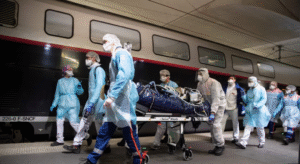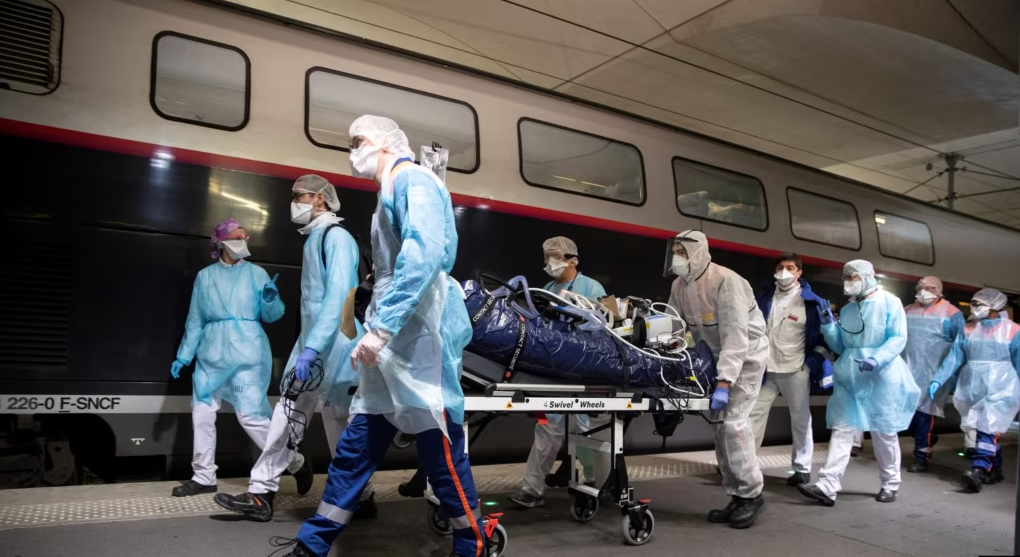
On March 11, 2020, the World Health Organization officially declared COVID-19 a global pandemic. During the initial two years, nearly 15 million people worldwide died due to the virus itself or the strain it placed on overwhelmed healthcare systems. Below, we reflect on the events and impact of the first year of the pandemic that came to be known as COVID-19.
In December 2019, doctors in Wuhan, a city in China’s Hubei province with a population of over eleven million, began treating a cluster of pneumonia cases. On December 31, China notified the World Health Organization (WHO) about these patients, initiating efforts to trace the source of the outbreak.
By January 6, a resident in Taiwan showed flu-like symptoms after returning from Wuhan, suggesting a possible incubation period of around fourteen days. The origin was initially linked to the Huanan seafood market, which also sold live animals, raising the possibility of zoonotic transmission.
A study published in Nature on February 3, 2020, indicated that the virus may have originated in bats, with its genome showing 96% similarity to bat coronaviruses. The first death was reported on January 11, and cases soon spread to Thailand, Japan, South Korea, and other parts of Asia.
As the Chinese New Year approached, concerns grew about the rapid spread of the virus, especially as millions prepared to travel. Globally, airports began screening travelers from Wuhan for fever and other symptoms.
On January 21, the CDC confirmed the first U.S. case in Washington state, involving a traveler from Wuhan. Officials emphasized preparedness for various scenarios. The virus was named novel coronavirus or SARS-CoV-2, and the disease became known as COVID-19.
China implemented a lockdown of Wuhan and nearby cities, while countries worldwide evacuated their citizens. By the end of January, cases had been reported in 23 countries across all continents, prompting the WHO to declare a global health emergency. The decision was based on evidence of human-to-human transmission outside China.
In response, international travel was restricted, conferences canceled, cruise ships quarantined, and businesses closed. Facing shortages, the WHO declared COVID-19 a pandemic, citing its rapid spread and severity.
The first wave severely impacted Europe, especially Italy and Spain, where hospitals were overwhelmed. Lockdowns, social distancing, and surface disinfection became standard measures worldwide. Despite partial reopenings in fall 2020, subsequent waves emerged.
In December 2020, the Pfizer-BioNTech mRNA vaccine received approval in the UK, followed shortly by Moderna’s vaccine. These vaccines proved highly effective against COVID-19 and its variants. In 2023, two scientists behind mRNA technology were awarded the Nobel Prize in Medicine.
Vaccine development significantly helped reduce the virus’s spread and mortality. According to models from Imperial College London, vaccines may have prevented up to 20 million deaths. However, health officials warn that COVID-19 remains a dangerous respiratory virus, capable of being fatal for some individuals.




